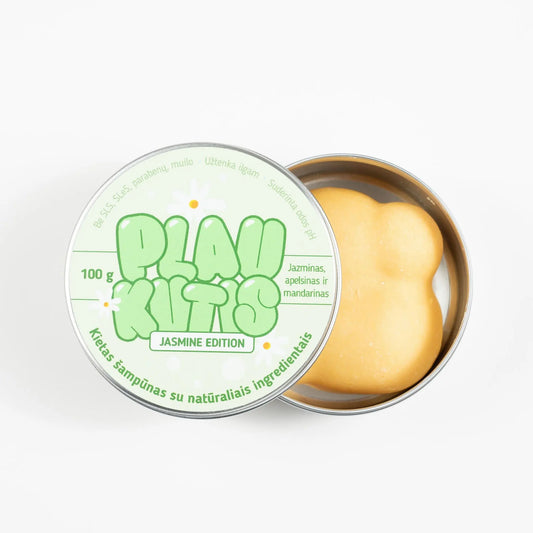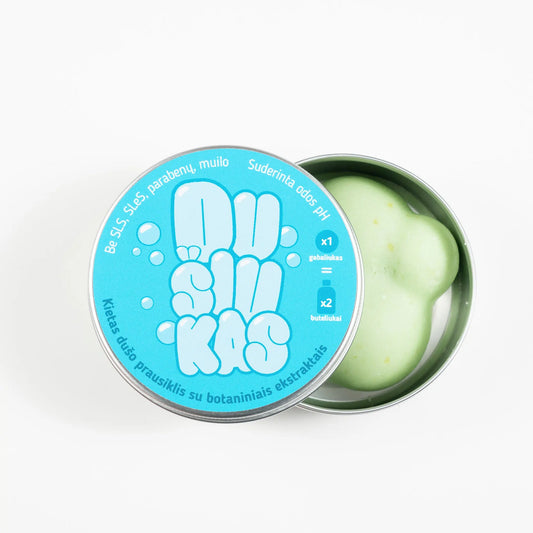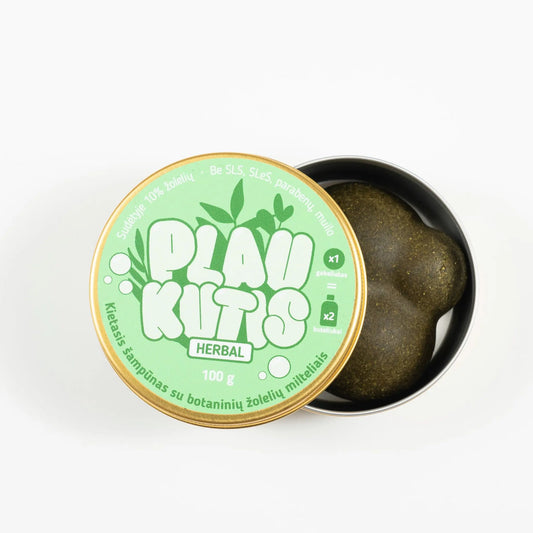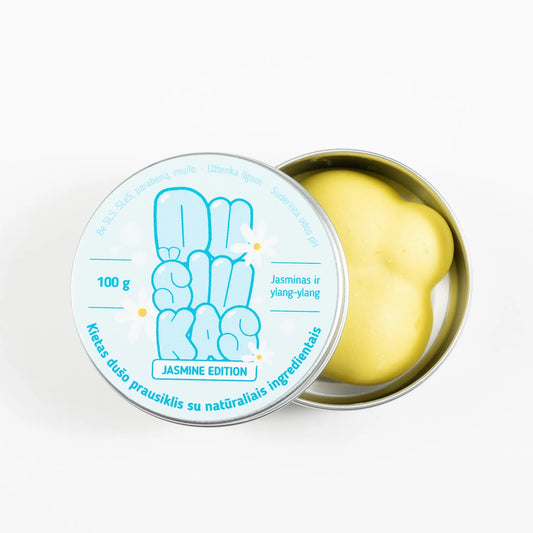Solid perfumes, although less common than their liquid counterparts, have a long and interesting history. Their development reflects broader changes in technology, culture and consumption habits. From ancient times to modern times, the evolution of solid perfumes has been constantly linked to innovations in production methods, market expansion and globalization. In this article, we will examine the development of solid perfumes, from ancient times to modern technologies, and look at their future prospects, considering ecological aspects and new trends.
Evolution through time to modern solid perfumes
Ancient and Middle Ages
The history of solid perfumes can be traced back to ancient Egypt and Mesopotamia, where various solid materials were used to create scents. The Egyptians used natural aromatic gums and resins, which they heated to release fragrant smoke. These scents were often used in ceremonies and religious rituals. Meanwhile, the ancient Romans and Greeks created solid perfumes using a mixture of wax, resin, and aromatic substances. These materials were used as luxury goods and were highly valued.
During the Middle Ages, especially in Europe, solid perfumes were often used as part of medical practices. The fragrances were attributed with a variety of health benefits and were used for everything from infections to improving psychological well-being. Such solid scents were made from herbs, flowers, and resins mixed with oil or wax.

New Ages and Technological Advances
18th-19th centuries: The popularity of solid perfumes and the development of the market
In the late 18th and 19th centuries, solid perfumes began to gain popularity among the upper classes and the general public. During this period, the first methods were developed that allowed for the mass production of solid perfumes. Manufacturing processes were improved, allowing for the creation of various scent combinations and new forms, such as solid perfumes placed in small wooden or metal cases. These perfumes were often considered luxury goods, reserved only for the elite.
Solid perfumes became popular due to their convenience and durability. They were easier to store and use when traveling, and were less fragile than liquid perfumes. In the late 19th century, with the advent of the Industrial Revolution, the production of solid perfumes became more affordable, and their use spread beyond the aristocracy to the general public.

20th-21st centuries: Modern technology and innovation
Modern technologies and innovations
In the 20th and 21st centuries, the production of solid perfumes has undergone significant changes due to technological advances. New materials and formulas have allowed the creation of scents that not only last longer, but also have exceptional scent intensity. Modern technologies, such as microencapsulation, allow fragrances to last longer and maintain a consistent aroma for a long time.
Solid perfumes can now be made from a variety of ingredients, including synthetic and natural components. These new materials and technologies allow manufacturers to create unique scents that meet the diverse needs of consumers. For example, using special technologies, it is possible to create solid scents that react with body heat and at the same time give a personal touch to the scent.

Trends in the design and use of solid fragrances
Modern solid perfumes often feature not only innovative formulas but also distinctive designs. Design trends include elegant packaging that meets the aesthetic needs of consumers, as well as various practical features, such as a convenient applicator or an integrated holder. Solid perfumes are often created as part of a luxury product range, so their design and packaging are an important part of marketing.
Globalization and cultural exchange
International Fragrance Market and Cultural Influences
During the era of globalization, solid perfumes became available worldwide. The international market allowed manufacturers to present their products to different cultures, and consumers could try scents from different countries and regions. Cultural exchanges influenced the formulas and uses of solid perfumes. For example, oriental fragrances with exotic ingredients became popular in Europe and North America.
Cultural influences are also reflected in consumption habits. Solid perfumes began to be used not only in everyday life, but also on special occasions, such as weddings or parties. The diversity of world cultures has allowed the creation of unique scents that reflect regional traditions and tastes.

Future prospects
Ecological and sustainability aspects
In the context of the new millennium, ecological and sustainability issues have become an important part of the fragrance industry. Consumers are increasingly valuing sustainability aspects and seeking products that are produced responsibly, using renewable and natural materials. Fragrances, like many other products, are facing pressure to reduce their ecological footprint and rely on sustainable production practices.
The manufacturing processes and materials used in solid fragrances are becoming increasingly eco-friendly. Manufacturers are looking for ways to reduce waste and use natural, recyclable materials. For example, the use of natural waxes and organic fragrance ingredients is a trend we see in the modern solid fragrance market.
Formation of new market and consumption habits
Innovative solid fragrance products and their impact on consumer choice
In the future, we can expect solid perfumes to continue to evolve based on new technologies and consumer needs. Innovative products such as personalized perfumes or solid perfumes with smart technologies can change consumer choice habits. For example, some manufacturers are already experimenting with perfumes that can adapt to the user's mood or environmental conditions.
Potential future trends and technologies
Technological advances may open up new possibilities in the production and consumption of solid fragrances. We can expect to see fragrances in the future that use advanced technologies such as nanotechnology or artificial intelligence to create unique and personalized scents. There may also be a growing interest in solid perfumes due to their uniqueness and aesthetics, which offer an alternative to traditional liquid fragrances.
Conclusions
Solid perfumes have undergone significant changes throughout their long history and across time. From ancient Egypt to modern technology, their evolution reflects broader social and technological changes. Modern innovation and globalization have given solid perfumes a new lease of life, and future prospects suggest that the sector will continue to evolve and adapt to consumer needs and environmental challenges. Solid perfumes not only remain popular, but are also becoming an important part of modern life, allowing consumers to express their personality and style through unique scents.













